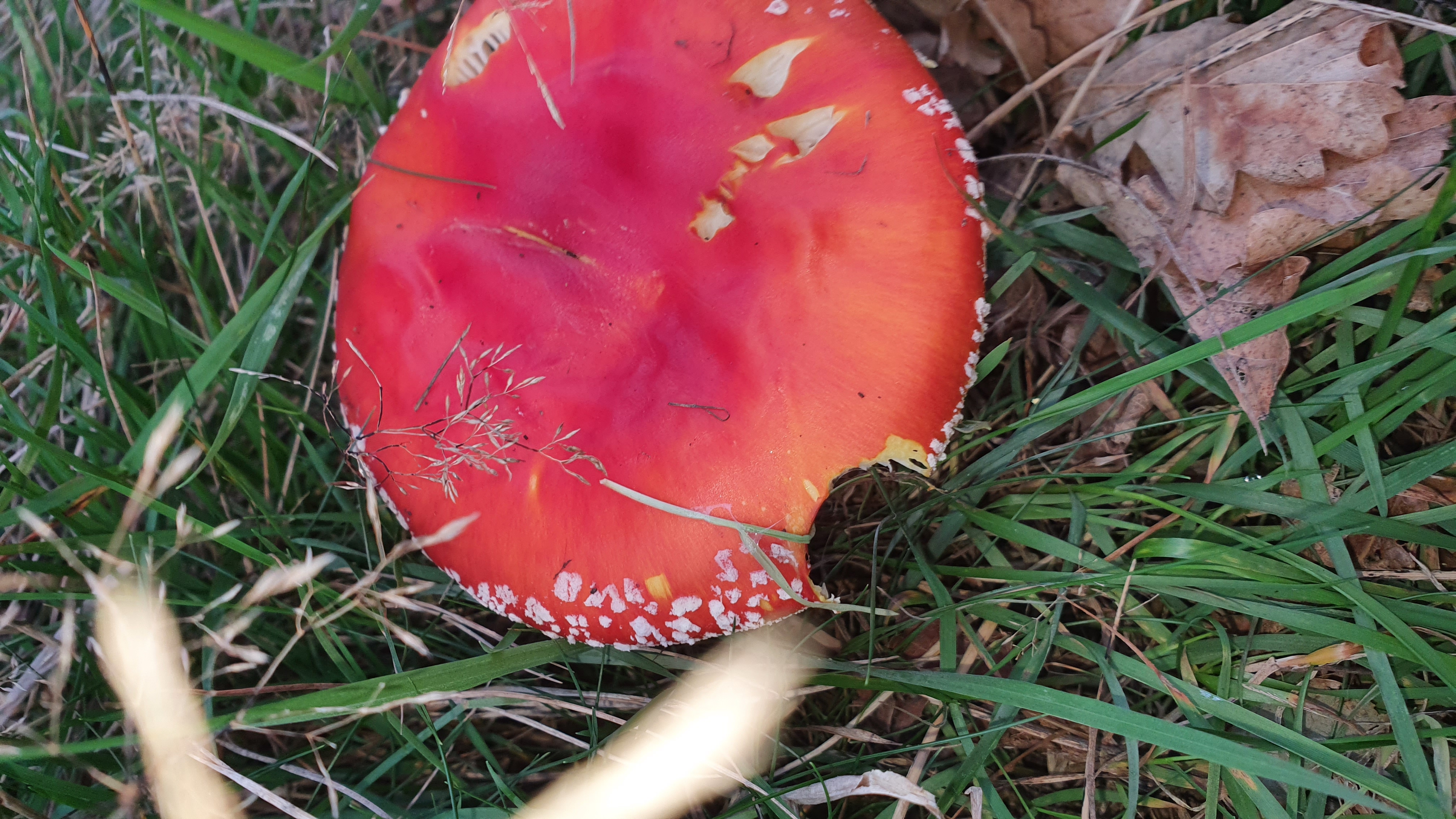Fly Agaric
Amanita muscaria
Identification: Amanita muscaria (Fly Agaric). Contains neurotoxins.

1 / 2
Wszystkie zdjęcia (2)
Kluczowe cechy
- Bright red to orange cap
- White
- patchy remnants (warts) on cap surface
- White
- crowded
- free gills
- Robust
- pale yellow stem with annulus remnant
- Growing in soil
- likely mycorrhizal
Kolor:
Bright red cap; white gills and stem
Zapach:
No distinctive smell
Wzór wzrostu:
Single
Środowisko:
Soil
Siedlisko i występowanie
Siedlisko:
Forest edge or grassland, associated with conifers or hardwoods
Występowanie:
Widespread across Northern Hemisphere (Europe, Asia, North America)
Sezonowość:
Late Summer to Autumn
Kluczowe cechy do potwierdzenia
- Stem base (volva) is missing, preventing full assessment of basal structure, critical for Amanita identification.
Wartość ekonomiczna
Popyt rynkowy:
None - toxic
Zakres cenowy:
N/A
Użytek komercyjny:
None
Informacje o toksyczności
Objawy:
- Nausea and vomiting
- Confusion and delirium
- Muscle spasms
- Dizziness
Czas wystąpienia objawów:
30 minutes to 3 hours
Pierwsza pomoc:
- Seek immediate medical attention
- Contact poison control center
Kontakty alarmowe:
- 911 (US)
- 112 (EU/EEA)
- Poison Help (US): 1-800-222-1222
Podobne gatunki
Panther Cap
Amanita pantherina
Kluczowe różnice:
- Cap is brown to dark brown, not red
- Warts are typically smaller and whiter
The Sickener
Russula emetica
Kluczowe różnice:
- Lacks a ring or volva
- Stem is brittle and snaps easily
- Gills are attached (adnate)
Zalecane działanie
Do not consume. Handle minimally. Secure specimen for disposal. Wash hands immediately.